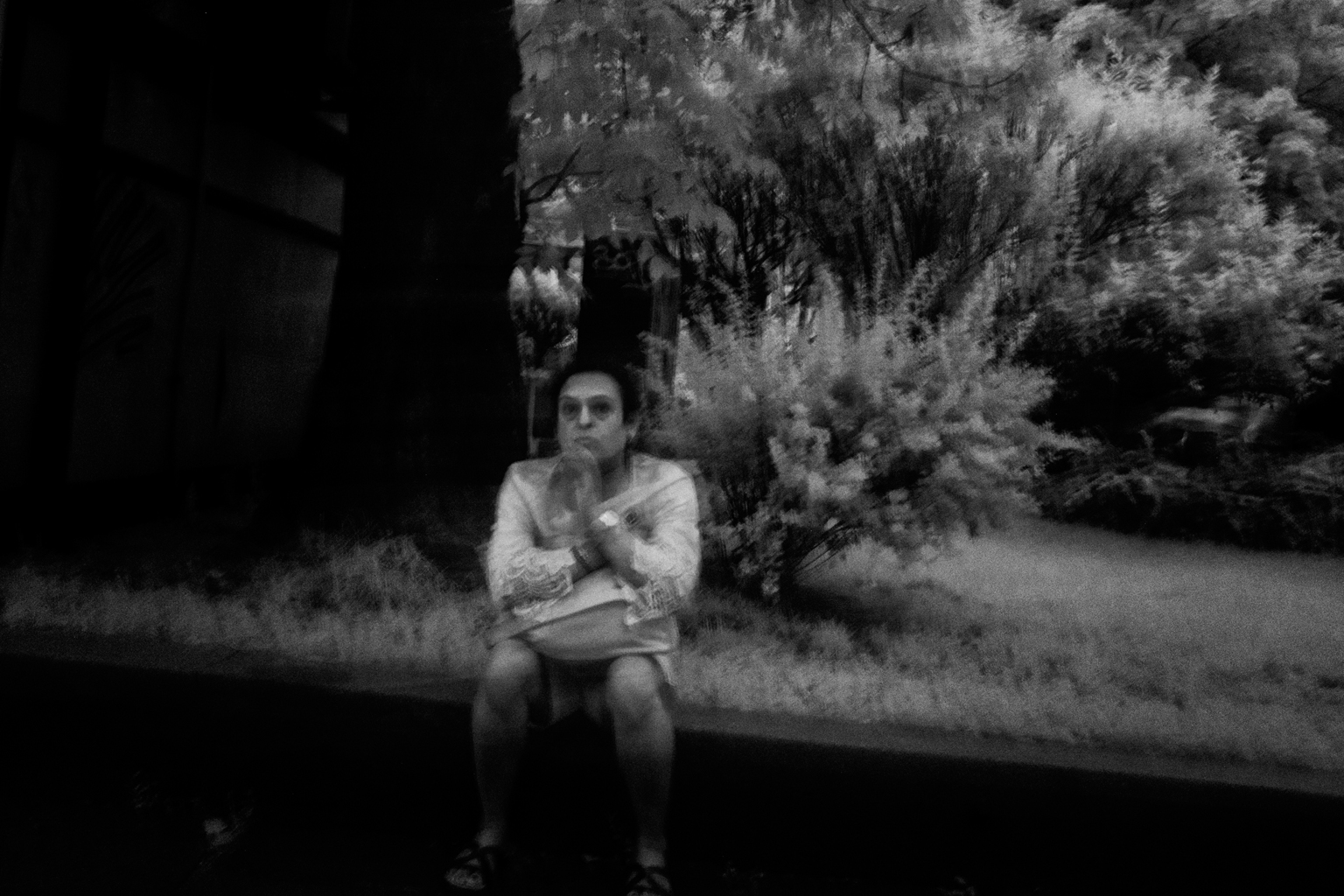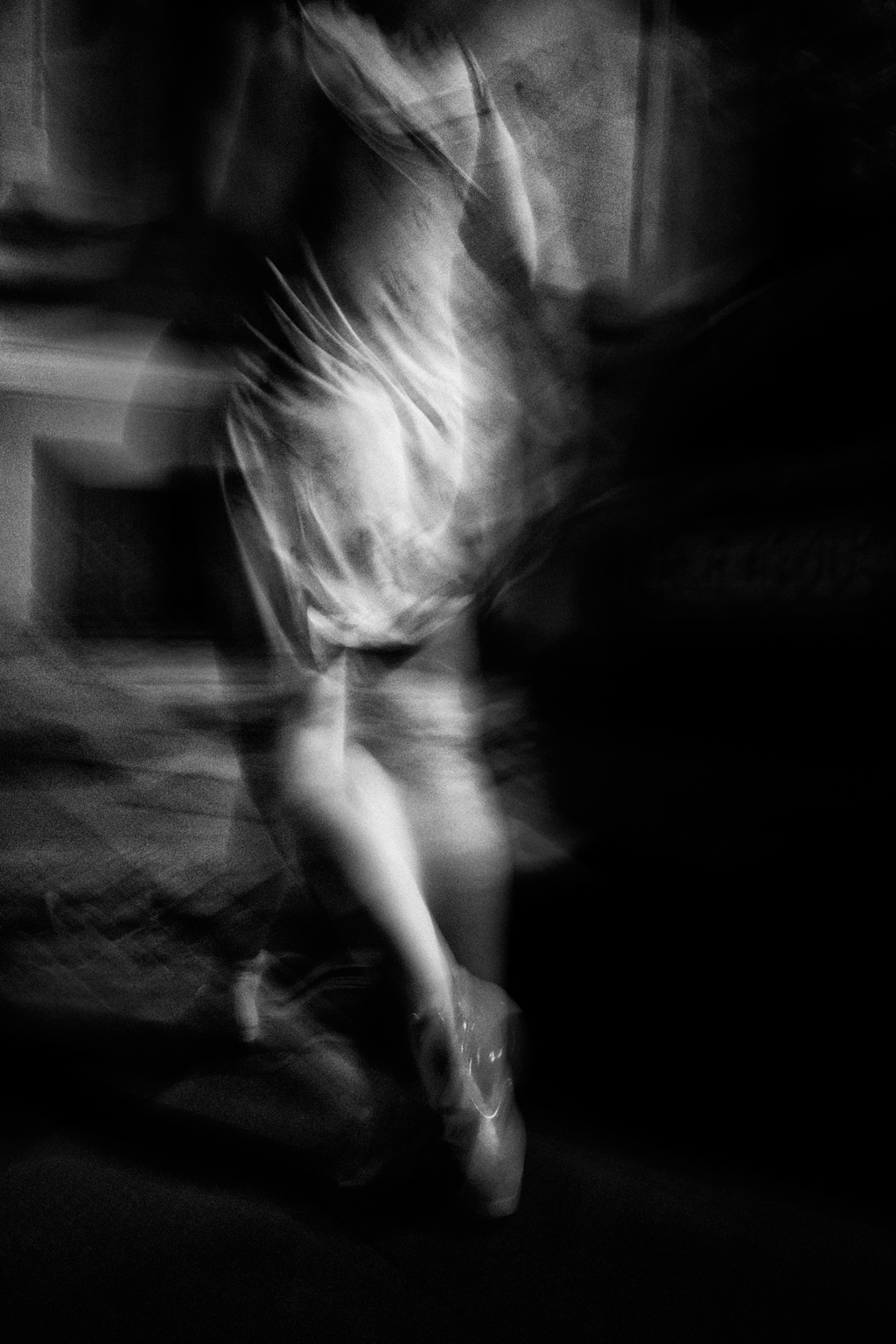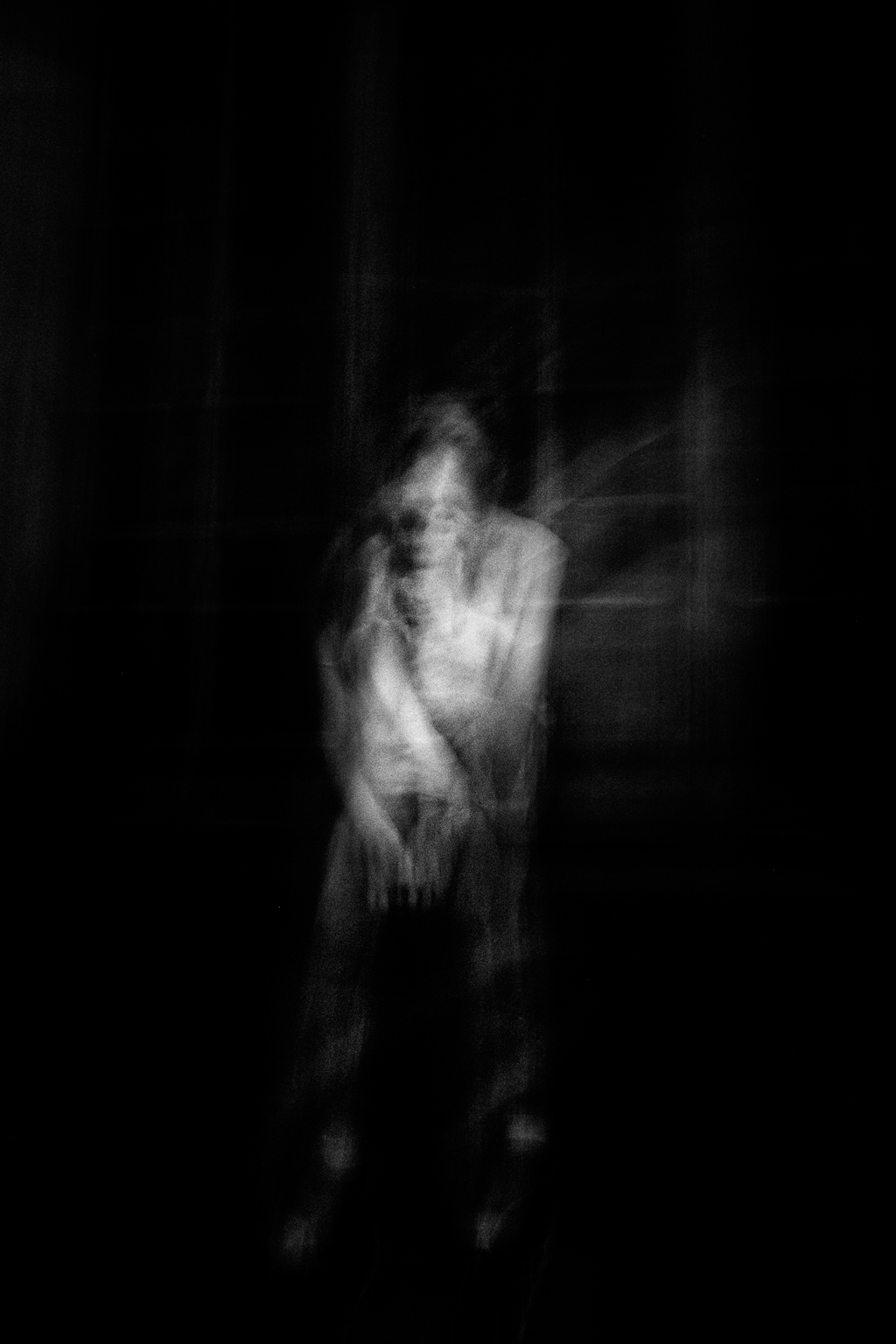Andrzej Pilichowski-Ragno was born in Rome in 1967, lives and works in Krakow. He earned a liberal arts degree at the Jagiellonian University in Krakow, where he later lectured on literary theory for several years. Pilichowski–Ragno studied photography at the Academy of Fine Art in Krakow. For 20 years he has been working as a photographer and an active member of ZPAF (the association of Polish fine art photographers). Now he is a professor of photography at Cracow University of Technology, he had courses, lectures and laboratory of photography in different art school in Cracow. In 2019 he began doctoral studies at the Academy of Fine Art in Krakow at photography departement. For last few years he is giving master classees. In 2013 he was exhibited at Paris Photo by Galerie Conrads from Dusseldorf, with the part of his essential photographic ongoing project – City Landscapes. The main thrust of Andrzej Pilichowski-Ragno’s work lies at the intersection of social documentary photography and street photography. He consciously references classic twentieth-century photography, all the while maintaining his own highly personal, individual focus.
– How and when did you become interested in photography?
It was about 25 years ago – I was studying literature and at the moment I had a sensation of some lack of creativity.I was looking for a language that would allow me to express something more, create some previously inaccessible space of expression
– Is there any artist/photographer who inspired your art?
Of course American street photography classics, such as Mary Ellen Mark, Robert Frank, Hellen Lewitt and many others, but also French humanistic photographers. Recently, I’m more and more interested in breaking the boundaries of the classic genres. I admire Jeff Wall and his subversive approach to photography. My “Infrared” project is also in a sense a variation within the genre. Here street photography was made using an infrared filter, which allowed me to get completely different effects – I mean shifting the focus from registration to creation.
– Why do you work in black and white rather than colour?
Sometimes I also photograph in color – it all depends on the subject and the nature of the project. However, the vast majority of my photos are black and white – it also comes from the fact, that I started photographing in the analogue era, and my vision was conditioned by the synthesis of the message of black and white film. Although I also use digital cameras, this approach is very strong.
– How much preparation do you put into taking a photograph/series of photographs?
It depends on what I want to say.”Infrared street” was created in one year, while my main series “City Landsacapes” is an ongoing project and I’ve been creating it for several years. Now it consists of about two hundred photographs. You can say that this is a project that will accompany me all my life. While “Infrared street” is rather an attempt, an essay and variation on documentary and street photography, “City Landscapes” is an idea to create a coherent world of images – regardless of that the pictures were taken in different cities in Europe — Rome, Paris, Cracow, Bruxelles, Antwerp, Palermo, Vienna etc. My idea is to build an imaginary picture of a modern city — not a specific one — but, using a title of a famous book written by Italo Calvino — an “Invisible City” I mean that the city is not only the space and people immersed in it. First of all, the city is a place of different moods – constantly changing, penetrating each other – nostalgic, tragic, joyous, funny, sometimes tragicomic. I think, that all are equally important, all of them are building this strange universe which I try to capture in my pictures. Therefore, I’m trying to follow this volatility, without imposing restrictions on the choice of one particular aspect of the presented reality.
– Where is your photography going? What projects would you like to accomplish?
Soon I will start to work on my PHD project at the Academy of Fine Arts in Cracow. In the ambient of street photography I would like to create a project based on a kind of deconstruction of the arsenal of strategies used by this genre. I mean in particular it’s key concepts: chance and randomness. The idea is to create a series of images built according to the classic rules of street photography, but in reality beeing a negation of it – by completely arranging the presented situations. On the formal side, the further project would belong to the street / document category, while intentionally it would be a kind of analysis of issues such as truth and authenticity in photographic communication, and related reception strategies. By placing arrangements and creations in place of chance and indeterminacy, the project can be treated as a kind of meta-narrative, built around concepts related to the authenticity of a photographic image and crossing genre boundaries. It would also be a discussion around the language of photography itself – around questions about its ability to communicate its meta level, without the need to interact with the text, with comments.
The presented project ‘Infrared street“ was created because for some time I thought about introducing to my street photography elements of movement, dynamics and – as a result – a kind of unpredictability in creating an image. In a sense, the project is a small sideways turn in relation to the mainstream of my photography. An attempt to find in the street photography elements of the grotesque, deformation – something that is sometimes missed in the pure formula (if it exists at all) of the classic photographic narrative.
Website: http://pilichowskiragno.pl
























